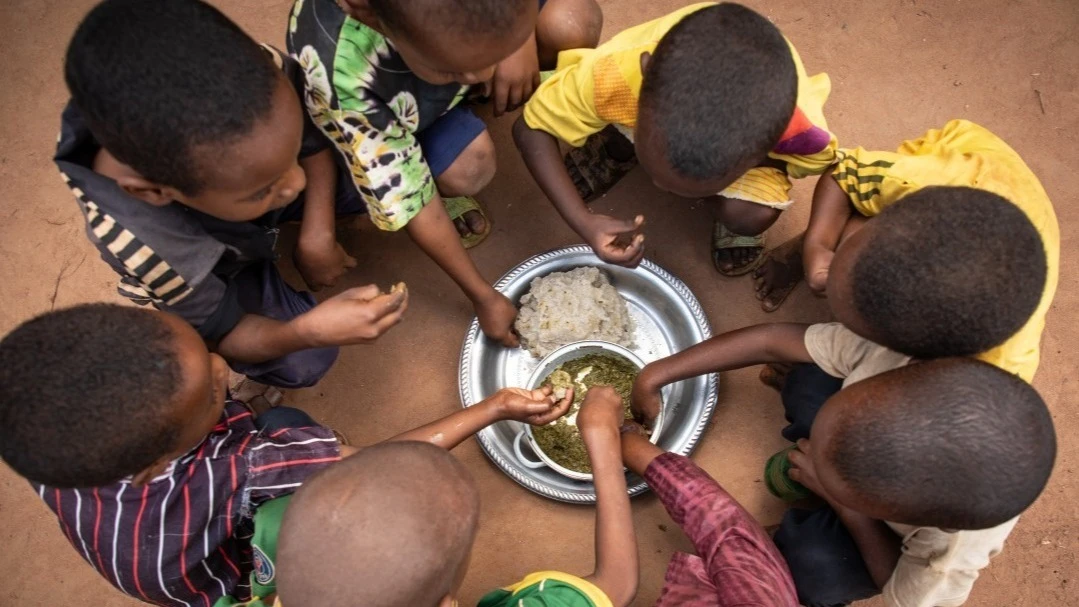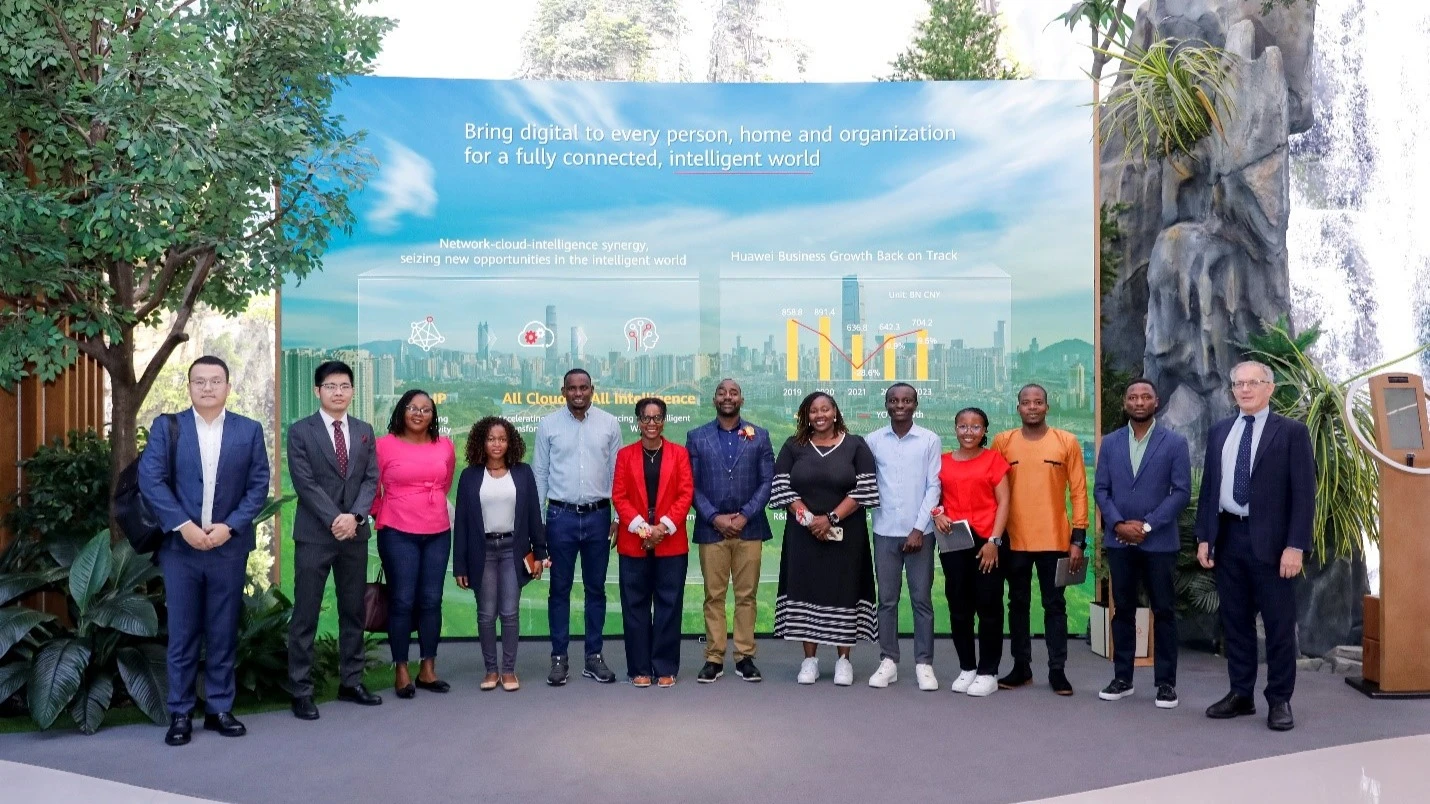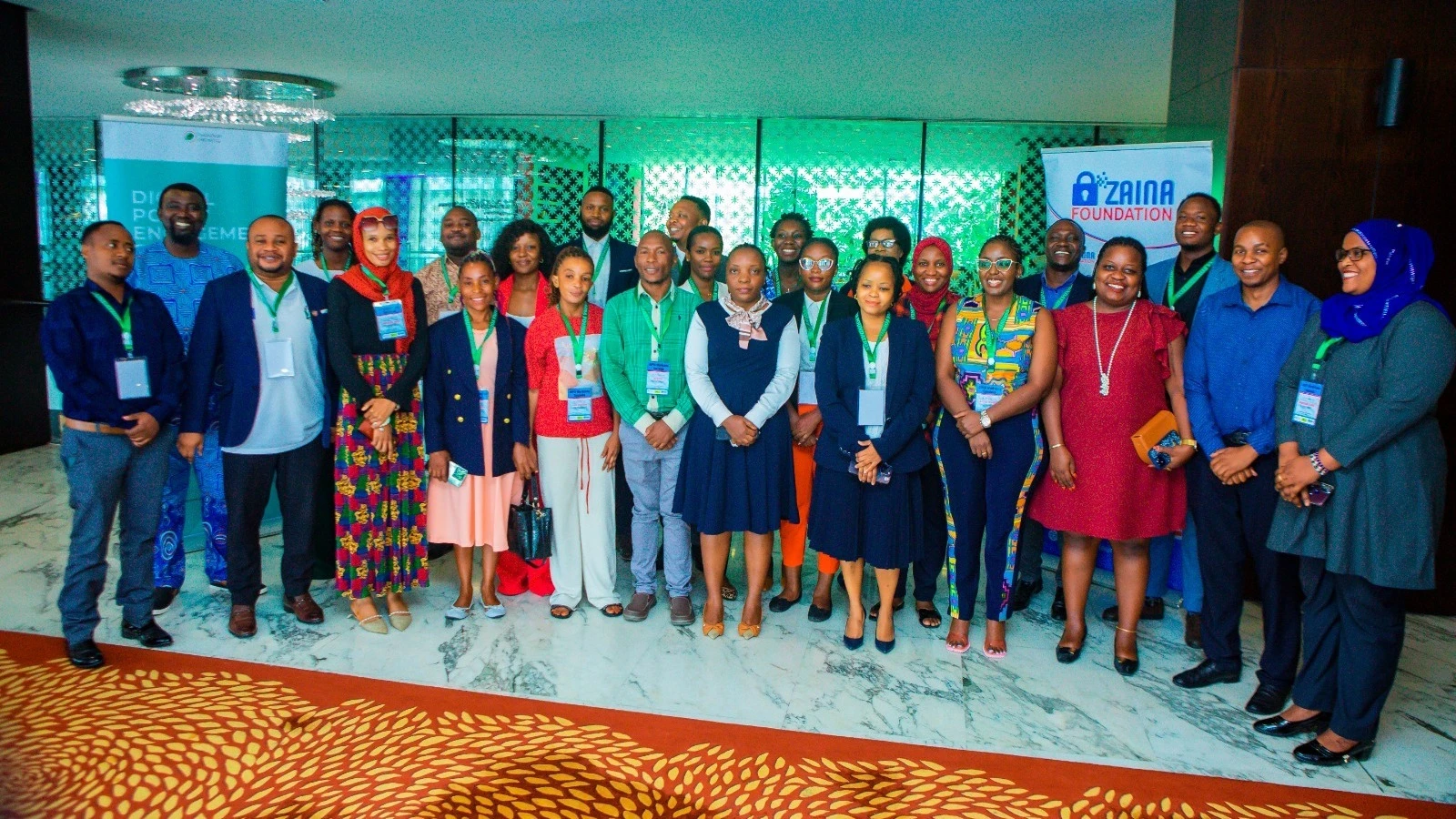45m people face food insecurity in EA

The number of people who do not have sufficient food for consumption across five countries in East Africa has gone up by 11.6 million people from 33.7 million in August to 45.3 million in September 2024.
The food security monitor September, 2024 by AGRA says this deterioration in food insecurity across East African countries is driven by a rise in Uganda, Rwanda and South Sudan.
Similarly, the number of people with insufficient food for consumption across seven selected West African countries had gone up by 7.6 million driven by a rise in Ghana, Nigeria, andTogo.
“It appears the aftermath of the weather-related shocks (floods and droughts), conflicts and refugee burdens, as well as challenging macroeconomic conditions are impacting negatively the food security situation in the regions,” says AGRA.
Food insecurity also remains still of high concern in the Southern African region, with a growing food need anticipated across Southern Africa through early 2025.
Despite the decline in maize prices supported by cross-border imports from Tanzania and ongoing food assistance support program by the WFP, the early depletion of households’ food stocks and the early onset of the lean season is worsening the food security situation.
The Southern African Development Community (SADC) estimates about 68 million people (nearly 17 percent of the region’s population) are affected, while the number of people with insufficient food for consumption has gone up by 100,000 more people
Overall, the national average price of maize (in local currency) in the Eastern African region is significantly lower than a year ago in all select East African countries except for South Sudan.
The prices of maize in South Sudan remain 46-196 percent higher than the past 1-12 months.
Tanzania maintains the lowest price of maize in the region (in US$ terms) at US$220/Mt compared to almost or over US$ 300/Mt in all other countries.
Kenya records the most expensive prices (in US$ terms) of maize, rice, wheat and beans in the region given that the price of maize attracts excess margins from retailers of up to 82 percent due to the high demand of the staple crop in the country.
According to the report, Uganda's maize price remained considerably low when compared to the past 1-12 months, while Ethiopia’s maize price, both in local currency and US$, also continued to drop influenced by the onset of the season cereals harvests.
In Southern Africa, the national average prices of maize in local currencies show declines in Malawi and Zambia but a low uptick in Zimbabwe compared to the past month.
This is attributable to imports from neighbouring Tanzania as well as the ongoing food assistance support program by the WFP.
Overall, the price of maize remains above the levels seen 6-12 months ago due to macroeconomic challenges, the aftermath of Cyclone Freddy and the ElNino-induced drought.
According to FEWSNET, Malawi is expected to experience a La Niña phenomenon this year, which will result in an average to above-average rainfall season in most parts of the country and lead to average to average national harvests.
In West Africa, the overall local prices of maize show higher trends compared to the past 3, 6, and 12 months underpinned by high transport costs and strong domestic demand due to a below-average cereal output in 2023 that has led to households' early reliance on markets and as well conflicts in the region.
The prices of rice, millet, and sorghum also generally remain above their 3, 6, and 12-months levels in most of the monitored West African countries.
Nigeria registered the most significant rise in prices of maize and rice, at 200-250 percent and 92-161 percent respectively, higher than a year ago.
“With the completion or near completion of harvesting of main season cereals in the region, we expect prices in most markets to start declining except in northern Ghana where the impact of the drought conditions remains a concern, plus those regions impacted by ongoing conflicts and socio-economic challenges,” says FEWSNET.
The ongoing high cost-of-living crisis due to high inflation rates, currency depreciation, and elevated fuel prices continue to pose a threat to staple crop prices in this region.
“West African countries need to open trade to allow the free flow of grains in the region contrary to the current self-seeking restrictive trade policies,” adds FEWSNET.
Development partners have been urged to double up efforts at food assistance and support to increase food production in the medium to long term.
Top Headlines
© 2024 IPPMEDIA.COM. ALL RIGHTS RESERVED

























